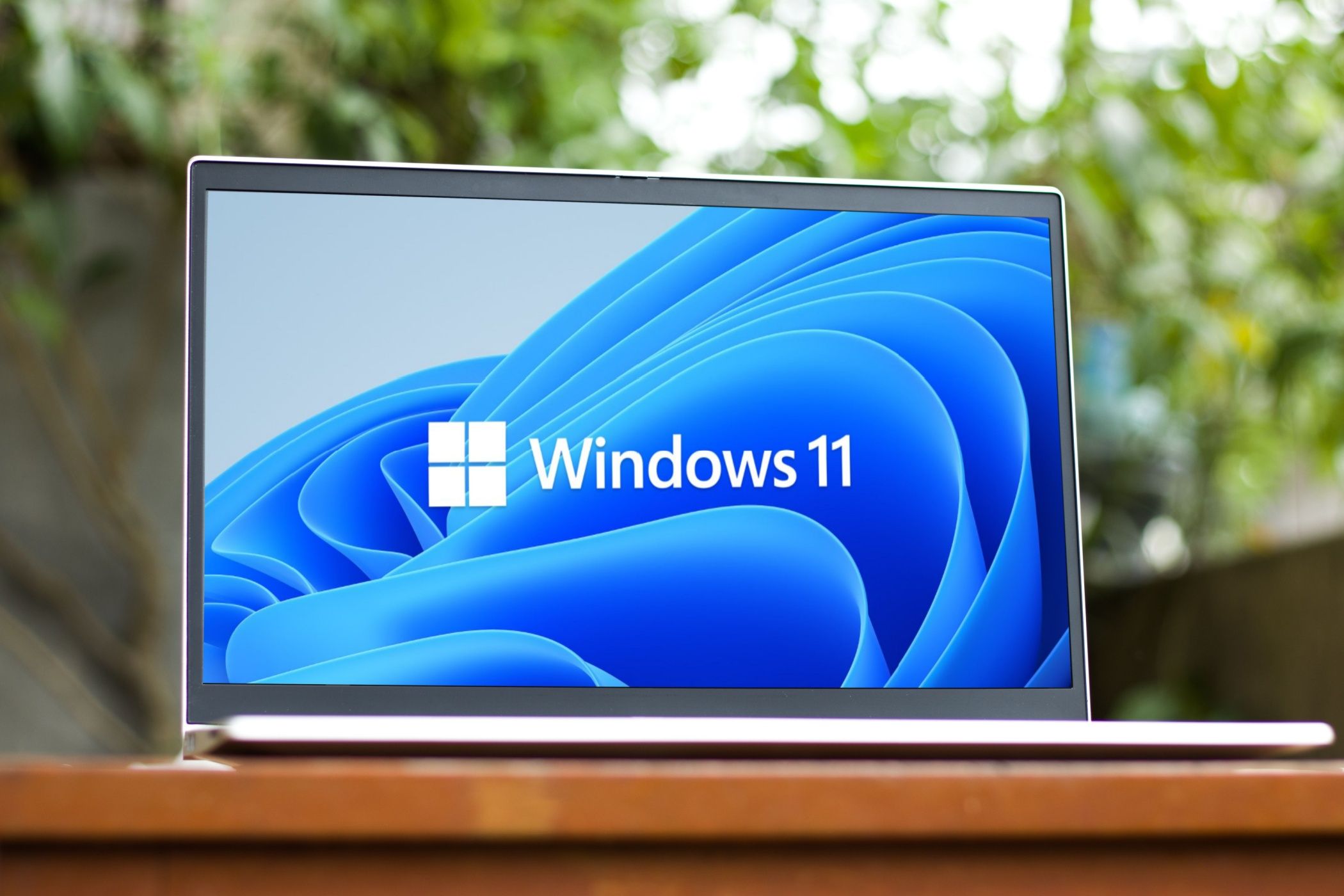Windows 11 presents itself as an ongoing project, its features continuously evolving and adjusting. This approach is a fundamental aspect of Microsoft’s latest strategy, which emphasizes iteration and gradual development rather than drastic changes. However, this methodology comes with certain challenges.
### A Gradual Evolution
Microsoft has designed Windows 11 as an incremental upgrade from Windows 10, maintaining the same core architecture. This choice facilitates a smoother transition for users, especially within corporate environments, compared to previous major operating system overhauls. By leveraging a familiar foundation, Microsoft aims to enhance user retention and simplify the adoption process for businesses, transforming the experience into a more manageable and less disruptive journey.
A pivotal aspect of this evolution is the revamped update strategy. Unlike Windows 10, which received significant updates biannually, Windows 11 now features one major annual update alongside multiple smaller updates throughout the year. This allows Microsoft to introduce new functionalities as soon as they are available, enhancing the user experience gradually and maintaining a familiar interface while incorporating modern aesthetics and features. For both casual users and enthusiasts, this evolution can likely result in a smoother adaptation process, minimizing disruptions to daily tasks. However, these regular updates can lead to varied user experiences, as individuals on the same version might have differing features, which can complicate support and create inconsistencies within the community.
### User Challenges and Complaints
The intention behind the incremental rollout of new features is to facilitate extensive real-world testing and gather user feedback. This philosophy of treating the system as a “work-in-progress” is deliberate, yet users may experience growing pains associated with this strategy. Many have encountered sporadic bugs, performance issues, and compatibility problems with older applications, leading to an impression that the operating system is incomplete or inadequately optimized for regular use. These minor but persistent problems can disrupt productivity, particularly during crucial tasks.
In contrast to traditional software releases that boast fully polished experiences right from launch, Windows 11’s methodology relies on quickly iterating and releasing updates that aim to rectify earlier flaws while occasionally introducing new challenges. This can be frustrating for users who may discover alterations to familiar features or encounter unexpected compatibility issues that disrupt their workflow. Though this might seem like a significant drawback, it also keeps Windows 11 responsive and adaptable to the evolving digital landscape. By actively addressing emerging trends and user demands, the operating system retains its relevance and agility. Furthermore, the swift implementation of fixes and enhancements can provide some relief, even if it occasionally introduces fresh inconveniences.
### Balancing Innovation and Stability
At the core of Windows 11’s design philosophy is the delicate balance between innovative advancement and maintaining a stable system. Microsoft is continually striving to integrate new features, bolster security, and modernize the user interface, while also ensuring a reliable experience that users can count on daily.
The dynamic nature of Windows 11 means that users often find themselves navigating through continuous changes. While this enables faster access to new functionalities—such as recent AI integrations with Microsoft Copilot—it can also result in feelings of instability. Users who prioritize a dependable environment, especially in professional settings, may find this frequent evolution a significant drawback.
The tension between innovation and stability is not only technical but also subjective, with various user groups holding differing expectations. For example, what is perceived as “stable enough” for a technology aficionado might not meet the needs of a small business owner reliant on an accounting application that requires consistency.
### Adopting ‘Windows-as-a-Service’
A pivotal transformation in Microsoft’s approach with Windows 11 is its thorough adoption of the “Windows-as-a-Service” (WaaS) model. Traditionally, operating systems were launched as solid, unchanging packages, supplemented by periodic updates or major shifts. In contrast, Windows 11 operates as an evolving service, offering consistent updates and refinements.
This model allows Microsoft to react quickly to security threats, performance concerns, and emerging trends shaping future user experiences. However, this constant flux can feel disorienting at times, as new features may appear abruptly. The WaaS approach effectively evolves Windows into a flexible platform that supports Microsoft’s broader ecosystem of services, like Microsoft 365 and Copilot.
Embracing Windows-as-a-Service requires users to adjust their expectations. Instead of receiving a complete and polished product upon purchase, users must prepare for an evolving system. This ongoing update cycle calls for adaptability to periodic shifts in workflows and user interfaces.
### Conclusion
In sum, if it seems that Windows 11 is perpetually evolving, that is intentional; it reflects a strategic direction towards continuous innovation, integral to the ‘Windows-as-a-Service’ model. Whether the frequent updates are viewed as a nuisance or an opportunity to foster a dynamic platform largely depends on individual user expectations.




